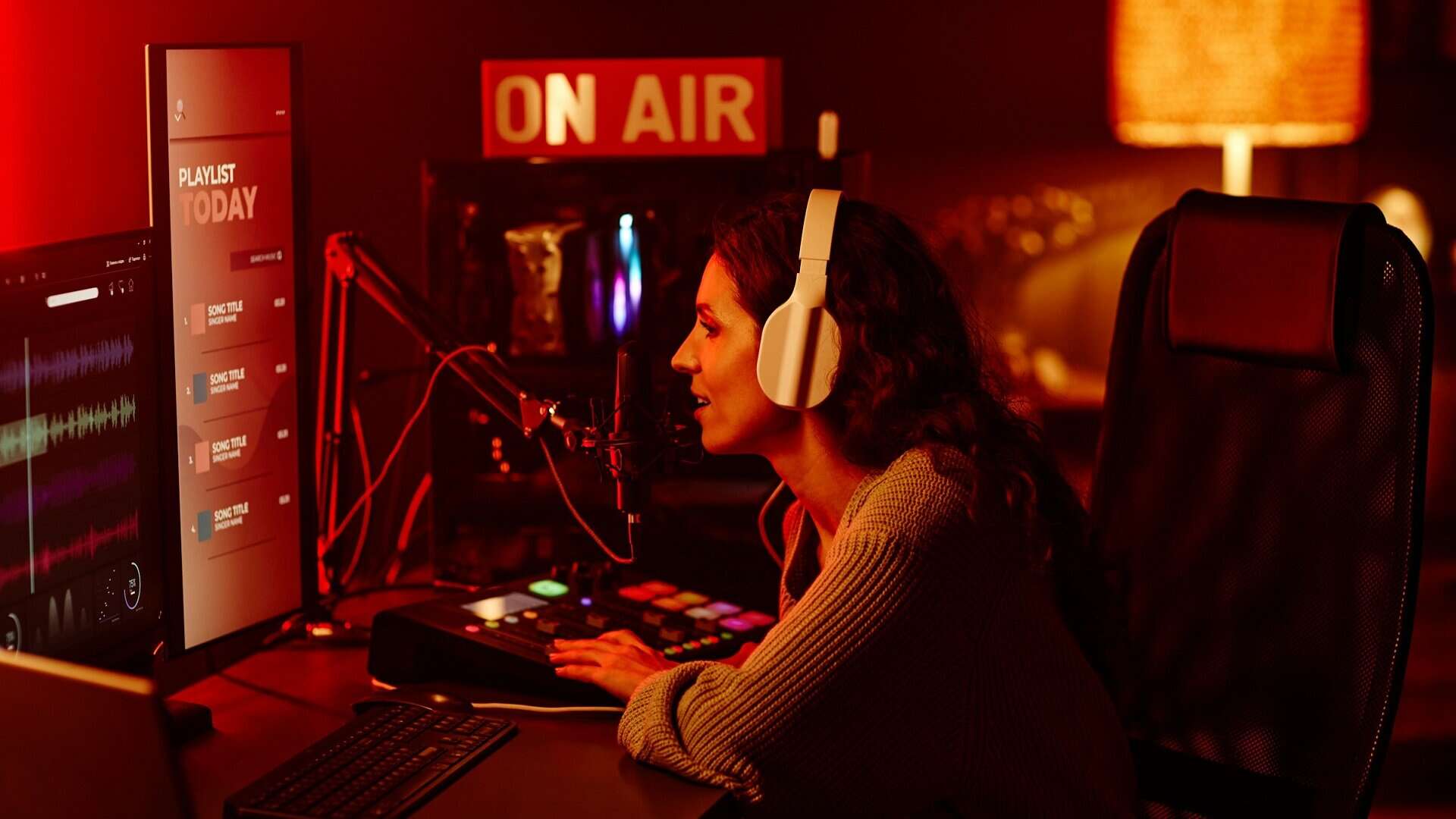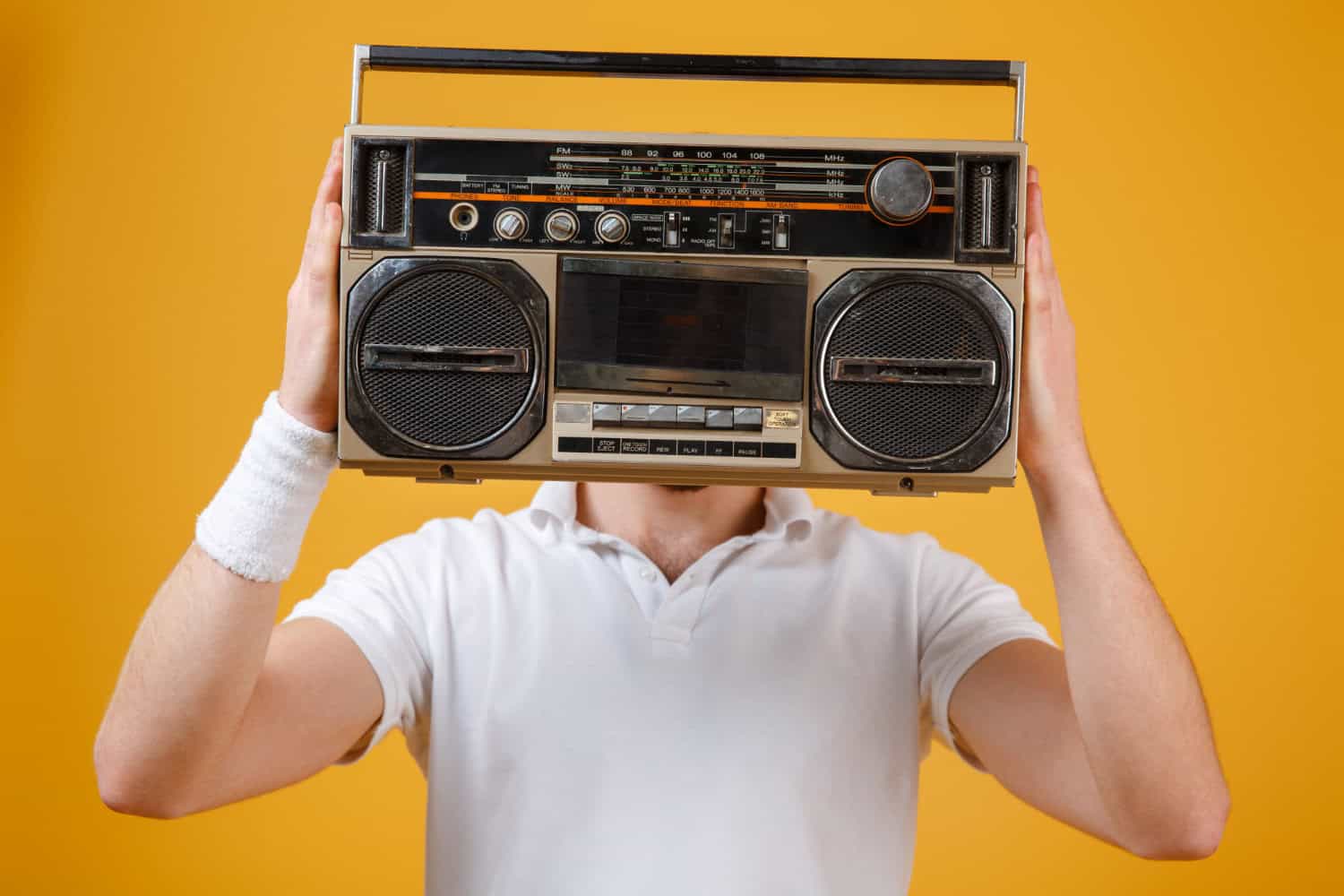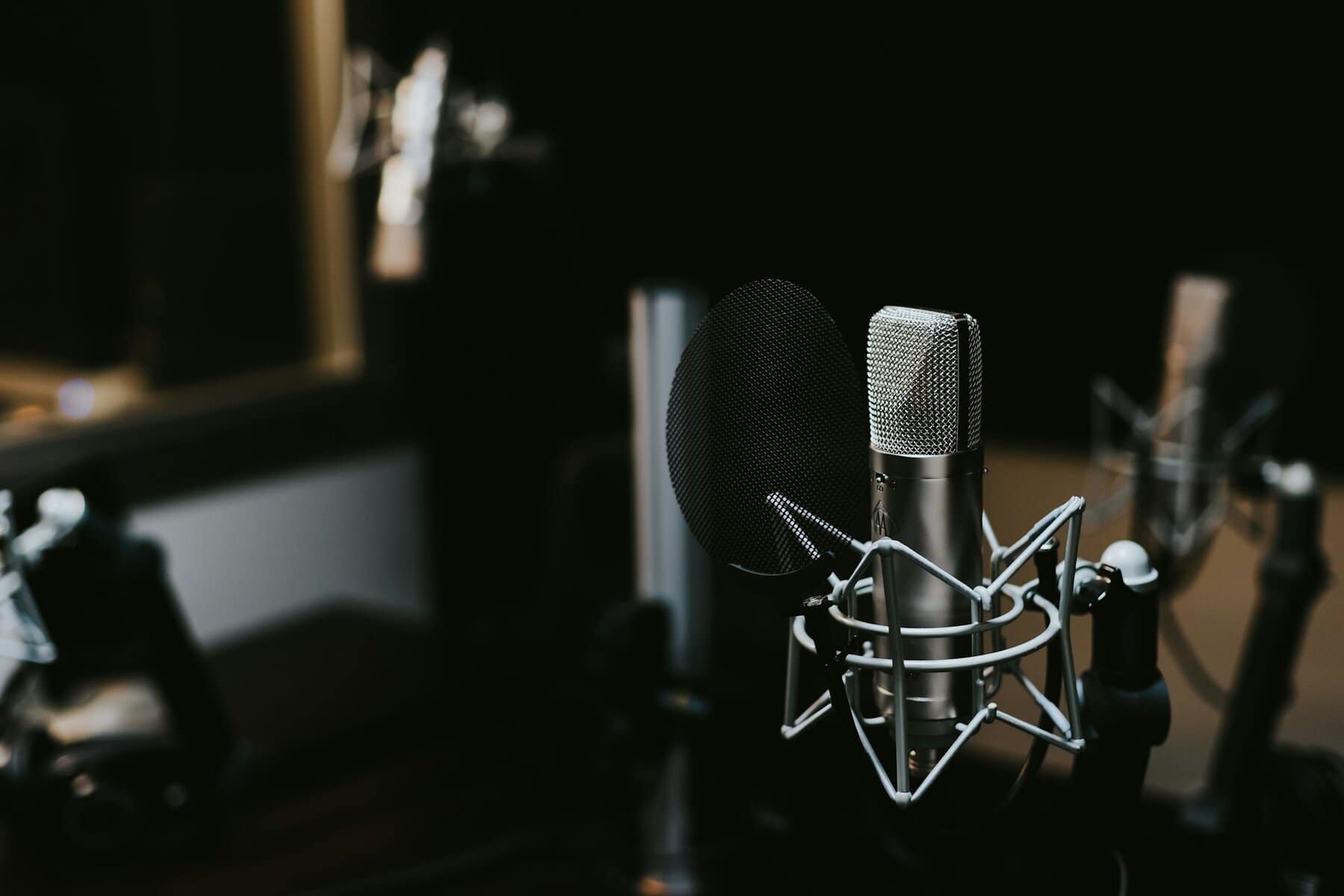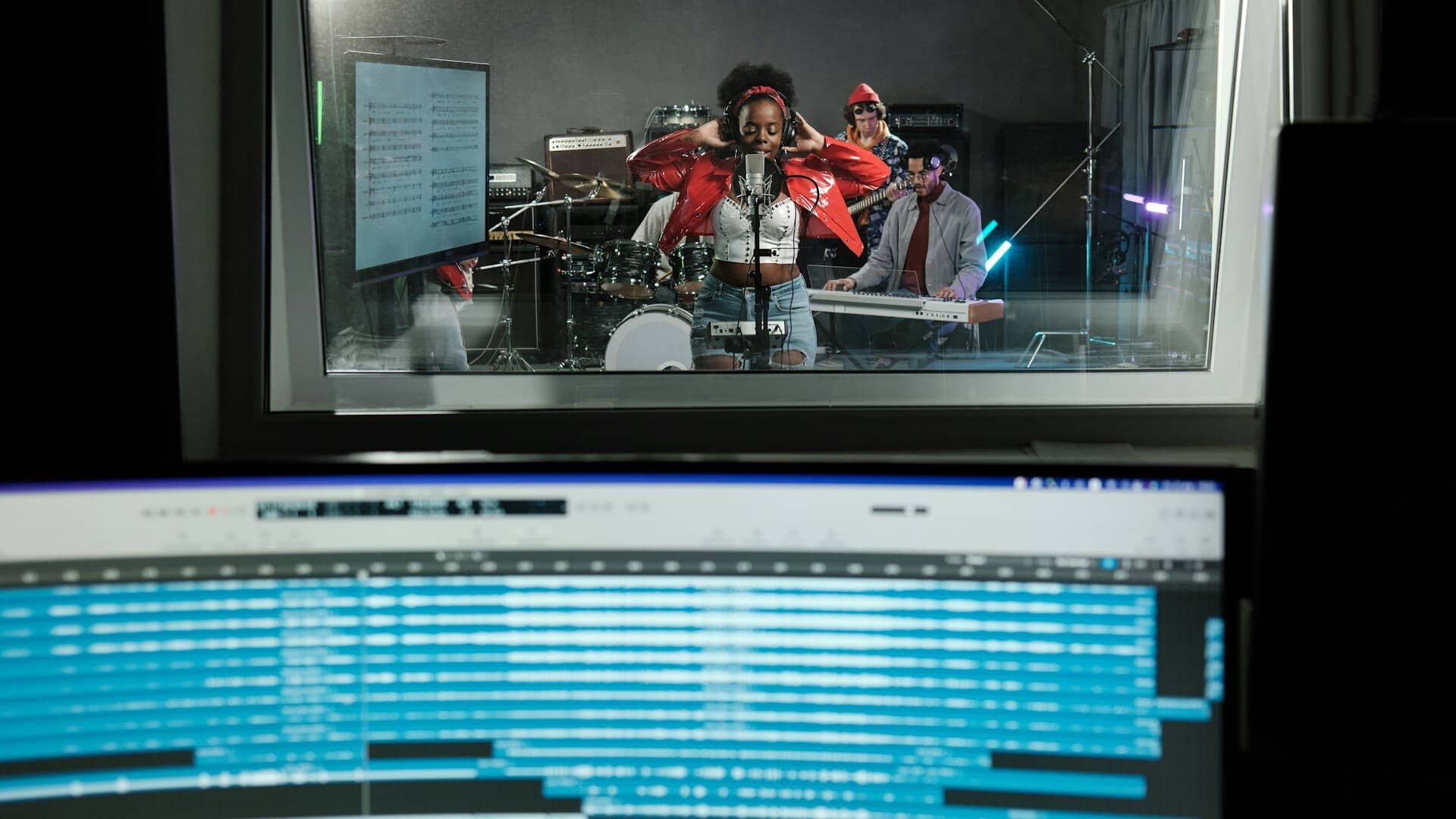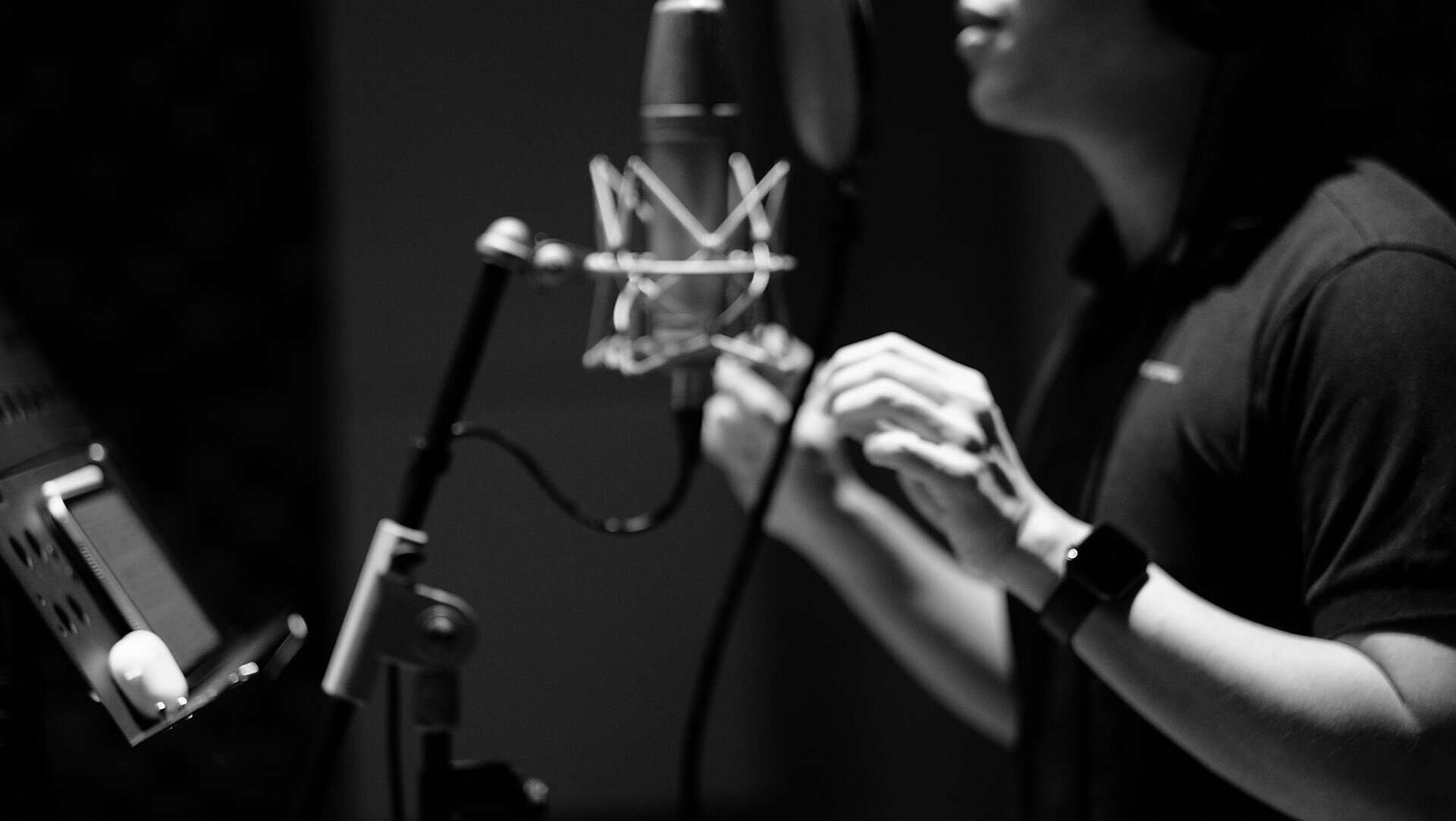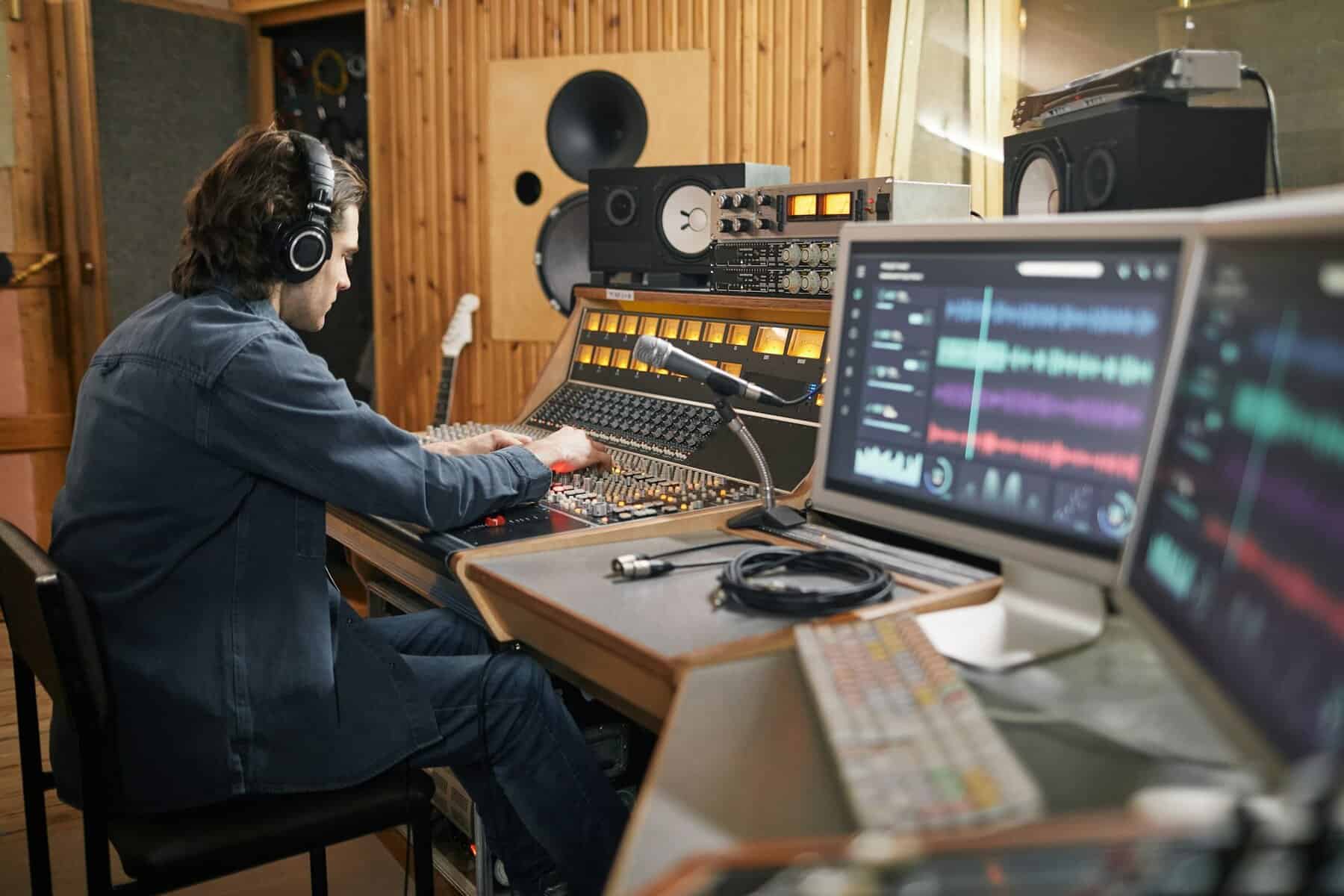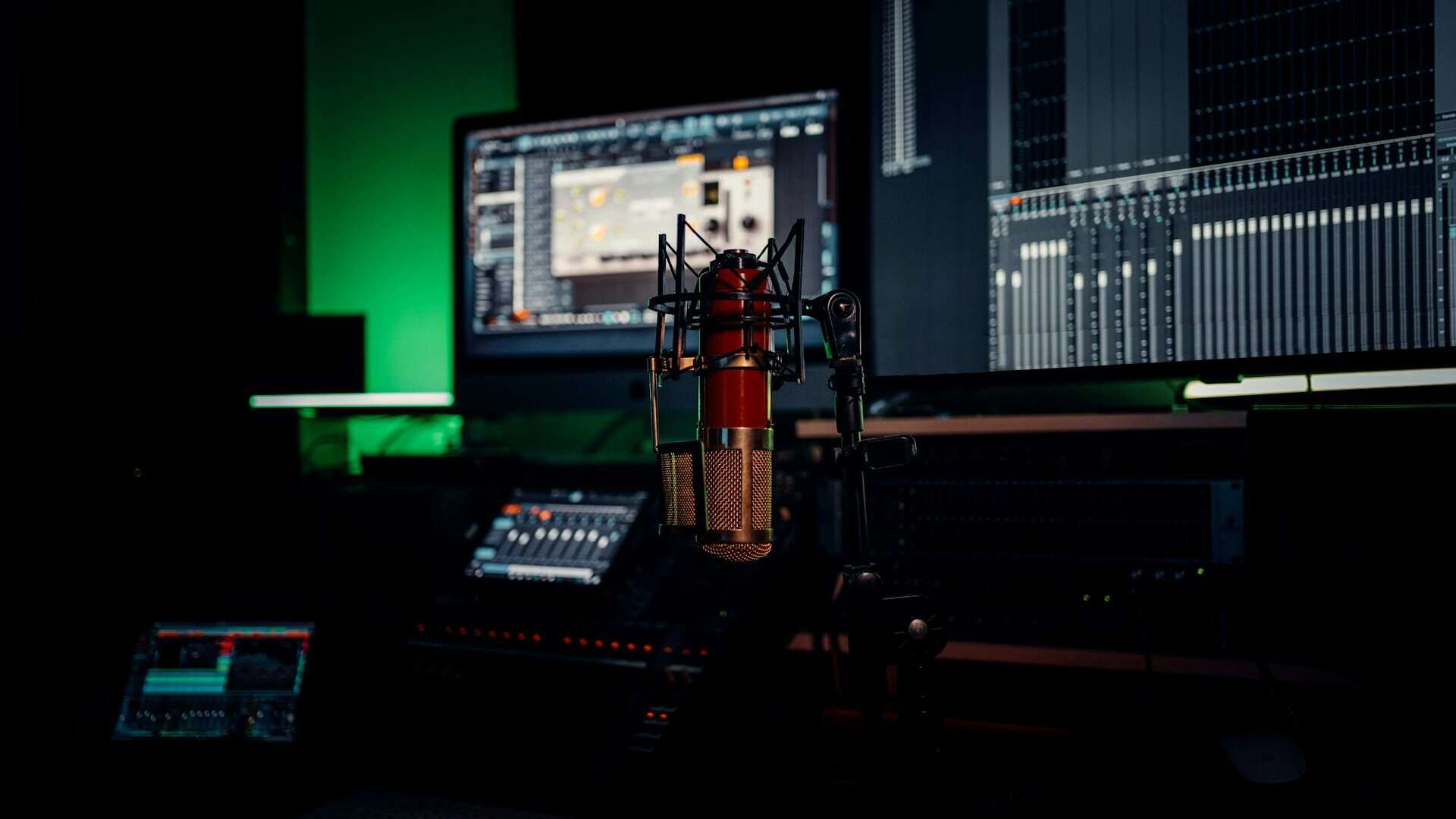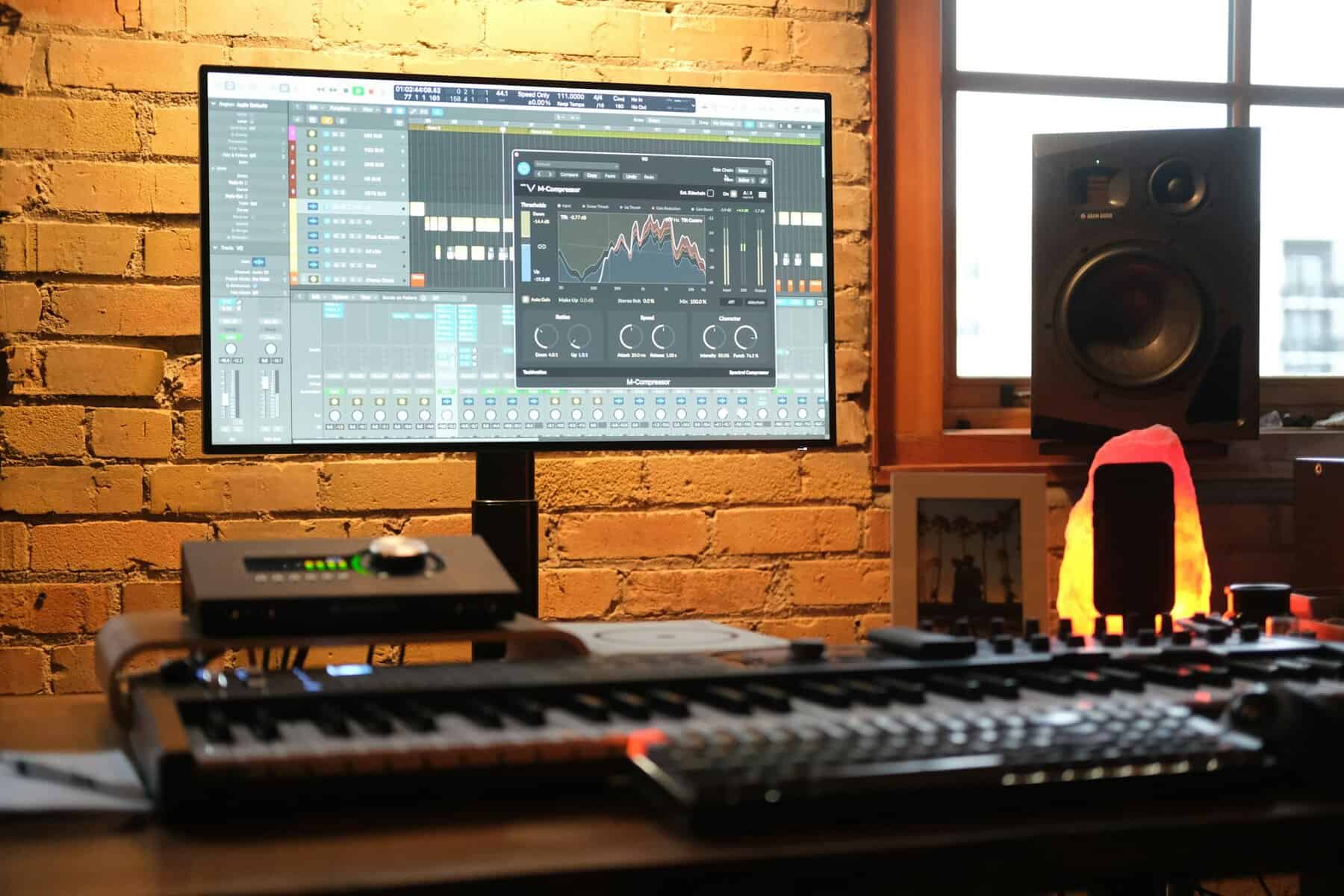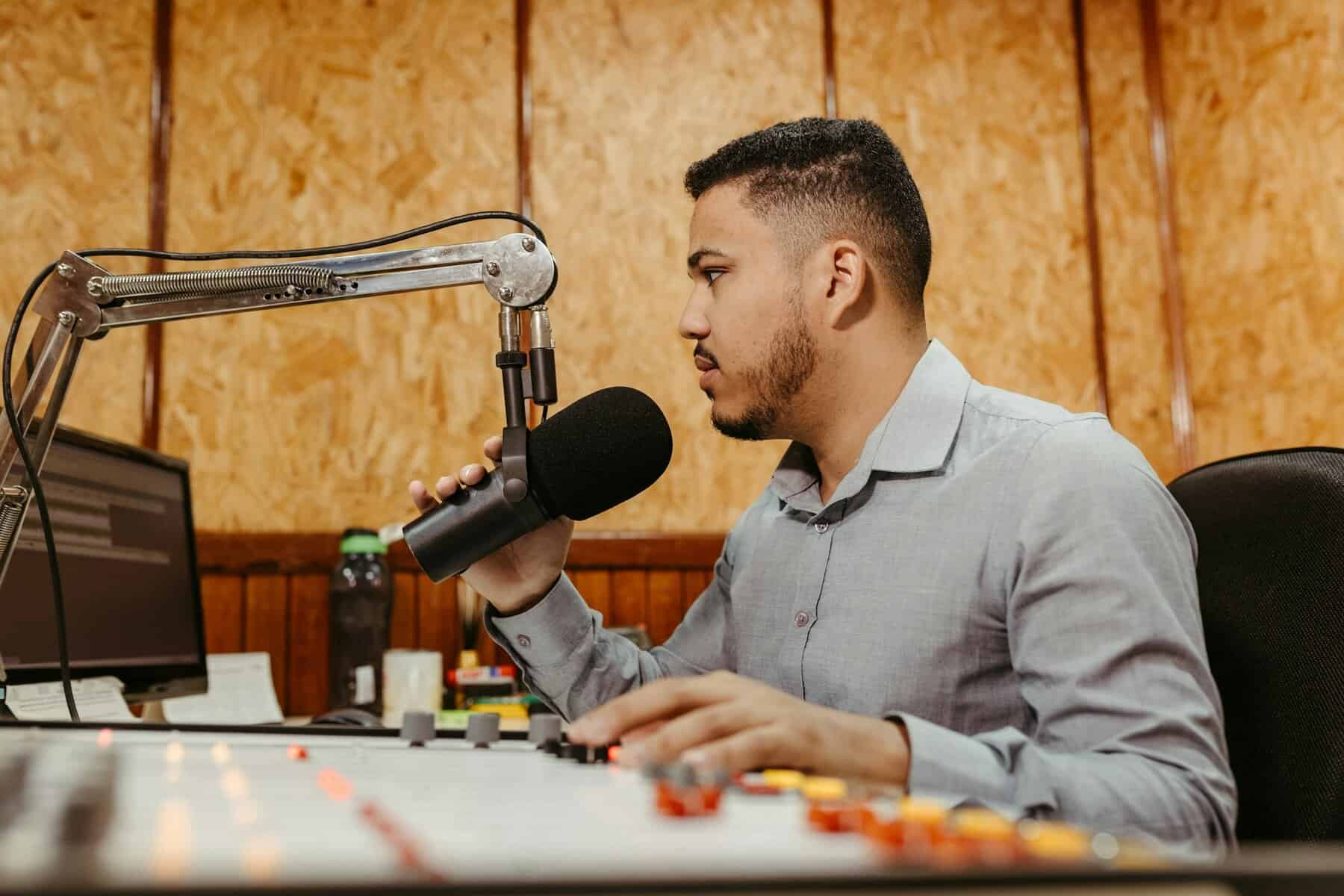Winter moves fast, especially when people are rushing to shop, drive, work, or get home before dark. During this busy time of year, a short, catchy jingle can do a lot of heavy lifting. It grabs attention quickly, keeps your name top of mind, and makes calling your business feel easy.
There’s something about familiar sounds and calm voices that feels good during cold months. Hearing a warm message while the snow falls outside can make people more open to hearing what you have to say. If you’re thinking about recording something new this season, using a green screen studio rental in Cincinnati could help you get it done indoors and stay on track no matter the weather. A clear, friendly message paired with the right sound can build trust that lasts through the holidays and beyond.
Using Jingles to Create a Friendly First Impression
The first few seconds of a radio or video ad matter, especially when people have limited attention. A cheerful voice or upbeat melody can make someone pause long enough to actually hear the message. That gives your conversation a place to start.
• Jingles help shape how your business is remembered
• A simple, happy tune leaves people with a good feeling
• During cold months, warmth in sound adds comfort to your message
A jingle doesn’t need to be long. If it helps someone feel relaxed or understood, you’re already ahead. That feeling is often what turns a listener into a caller.
What Makes a Winter Jingle Work
Winter jingles aren’t just about sounding nice, they need to feel right, too. Certain words and sounds work better when it’s chilly outside and schedules are packed. The goal is to meet people where they are. That might mean using music that sounds familiar or phrases that make life feel easier.
• Put words like “warm,” “cozy,” “easy,” or “fast” into your lyrics
• Add small touches like bells, keyboards, or soft drums to create a seasonal feel
• Keep the message short so people can remember your name quickly
The right combination of sound and words can help people understand what you do and feel better about making the call. That’s a useful tool during a cold season when people might need a little push to take action.
Making your jingle fit this winter setting is about knowing your audience. Most people are juggling busy schedules, longer nights, and shorter days. They want messages that respect their time and speak to how they feel. By keeping jingles focused, seasonal, and upbeat, you become a friendly voice among the noise. That welcoming sound tells people you get what they’re dealing with.
How Green Screen Studios Help Bring It All Together
Getting a winter-themed ad recorded and ready can be harder than it looks. Weather can get in the way, and outdoor shots don’t always go as planned. That’s where a green screen studio rental in Cincinnati can help. When everything’s recorded indoors with the right lighting and sound, you don’t have to worry about rescheduling or working around snow, wind, or early sunsets.
• A green screen lets you stay focused and finish faster
• Being indoors gives you more control over the look and sound
• Your audio stays cleaner, which helps the jingle sound better across different channels
Having a recording space set up for winter projects means fewer worries. There’s no need to chase good daylight hours or try to schedule between storms. In studios, lighting stays steady, and background settings can be switched in seconds, letting you focus on making your sound and message just right.
When a jingle sounds crisp and well-timed, it lands better with listeners. A studio setup makes it easier to hit that mark without distractions. In the end, the final product feels smoother and more reliable.
Killerspots Agency offers full creative production for jingles and video marketing, providing a professional Cincinnati studio equipped for seamless indoor audio and visual projects all winter long. Our editors specialize in quick seasonal turnarounds while preserving clear sound and on-brand messaging for every campaign.
Matching the Sound to the Rest of the Message
The jingle should sound like it belongs to your business. If your message is friendly and casual, a fast tune or upbeat rhythm may work best. If your tone is calm and serious, a slower melody with softer tones can carry the feeling better. What matters most is that everything sounds like it comes from the same place.
• Use similar words across ads, jingles, and phone greetings
• Keep your sound and phrasing steady, so nothing feels off
• Make sure callers hear the same tone they heard in your ad
That match helps people feel more confident when they call. It avoids confusion and makes your message clearer from the first note to the start of the conversation.
If you keep your branding and jingle style steady, your business becomes easier to recognize. People like to know what to expect. When someone calls and hears the same friendly tone from your jingle, ad, or hold message, they’ll know right away they have the right place.
Advantages That Stick All Season Long
A good jingle doesn’t stop being helpful after you run one ad. Once you’ve got that sound, you can reuse it in radio spots, online videos, hold music, or social media clips. Because people often need to hear something more than once before they act, being consistent helps you stay front of mind.
• Jingles work well across different platforms without needing changes
• They help people remember your name, voice, or tone
• The right melody gives your business a helpful, friendly sound without needing a full pitch
Even if someone doesn’t call today, being the name they remember on a cold morning drive matters. That little earworm could be the reason your phone rings next week.
Each time your jingle plays, you’re building a habit in the listener’s mind. The more your sound is played on different channels, the more likely a customer is to think of you first when they’re ready to take action. With traffic jams, long lines, and busy days, people appreciate reminders they can trust. That’s why a clear melody and a consistent voice matter.
Keep the Melody Going This Winter
Cold mornings, long evenings, and busy weeks don’t leave much space for slow messages. But with the right jingle, your sound can reach people when they need it. It acts like a small reminder that your business is still here, ready to help, and easy to reach. That gentle nudge makes more of a difference when winter stress is in full swing.
A strong jingle, a steady message, and a cozy tone can help create real conversations that last all season. When it sounds warm, feels helpful, and stays clear, calling becomes the simple next step.
Elevate your winter marketing efforts with a dynamic jingle and masterfully produced visuals from Killerspots Agency. Our expert team is ready to enhance your brand’s message, keeping it warm and engaging throughout the cold months. Utilize our green screen studio rental in Cincinnati to ensure your audio and visual projects are crafted with the highest precision and quality. Reach out to us today to create a seamless, consistent experience that resonates with your audience all season long.




